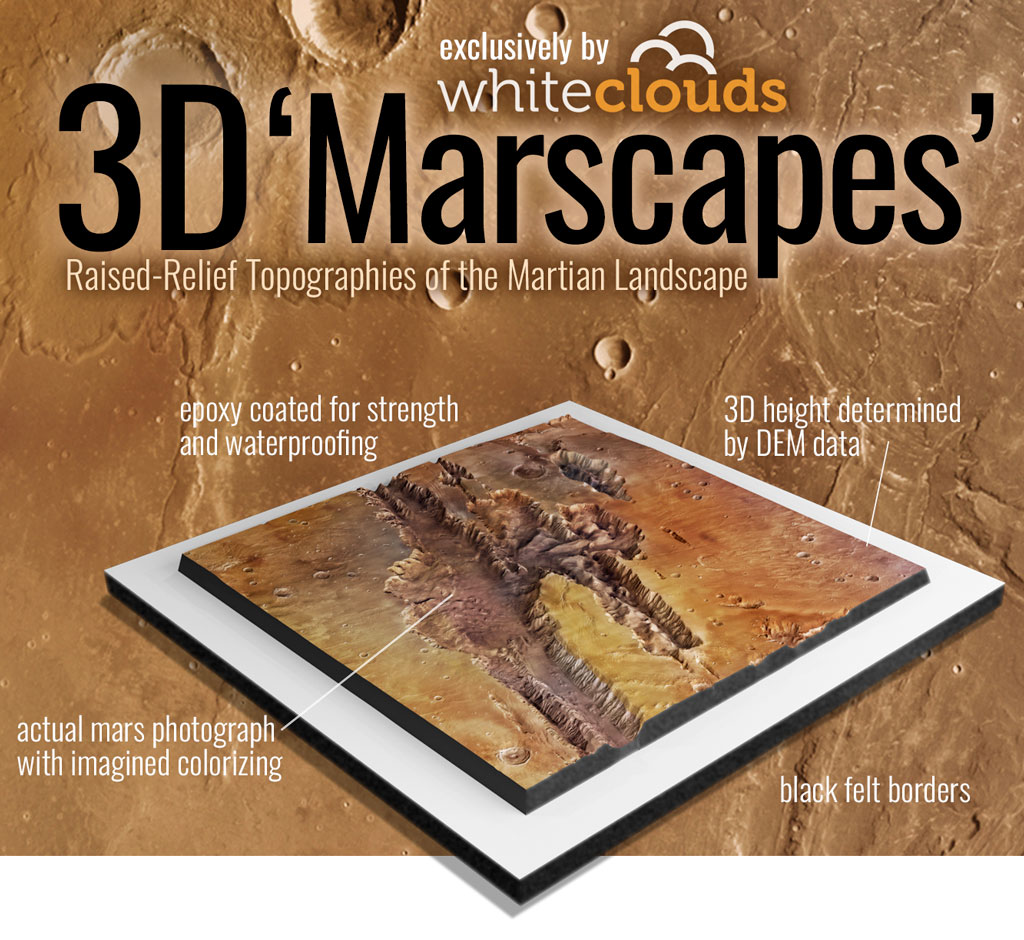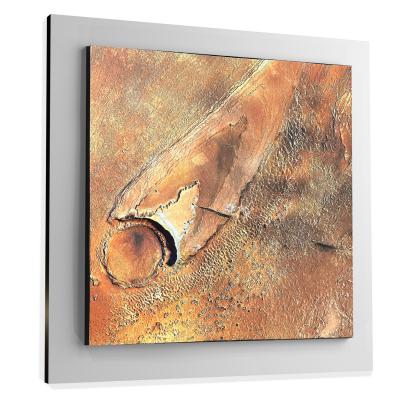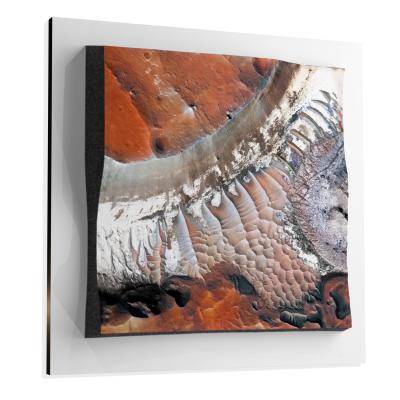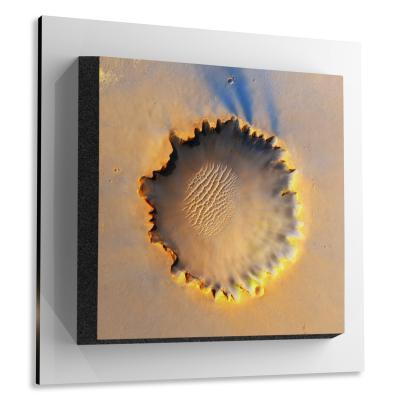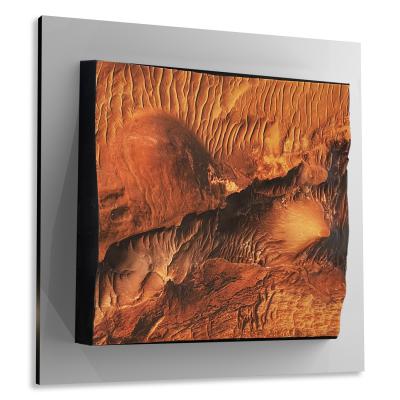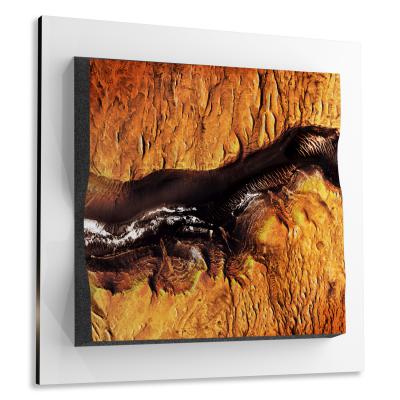Meridiani Planum
Meridiani Planum
We Build Custom 8K Mars Canvas Prints of Meridiani Planum
Meridiani Planum
Meridiani Planum is a plain located in the equatorial region of Mars, which has become an area of high scientific interest due to its geological history and significance in understanding the Martian environment. Composed primarily of sedimentary rock formations and notable for the presence of hematite, Meridiani Planum has been the subject of several robotic missions to explore its geomorphological features and to look for signs of past or present water.
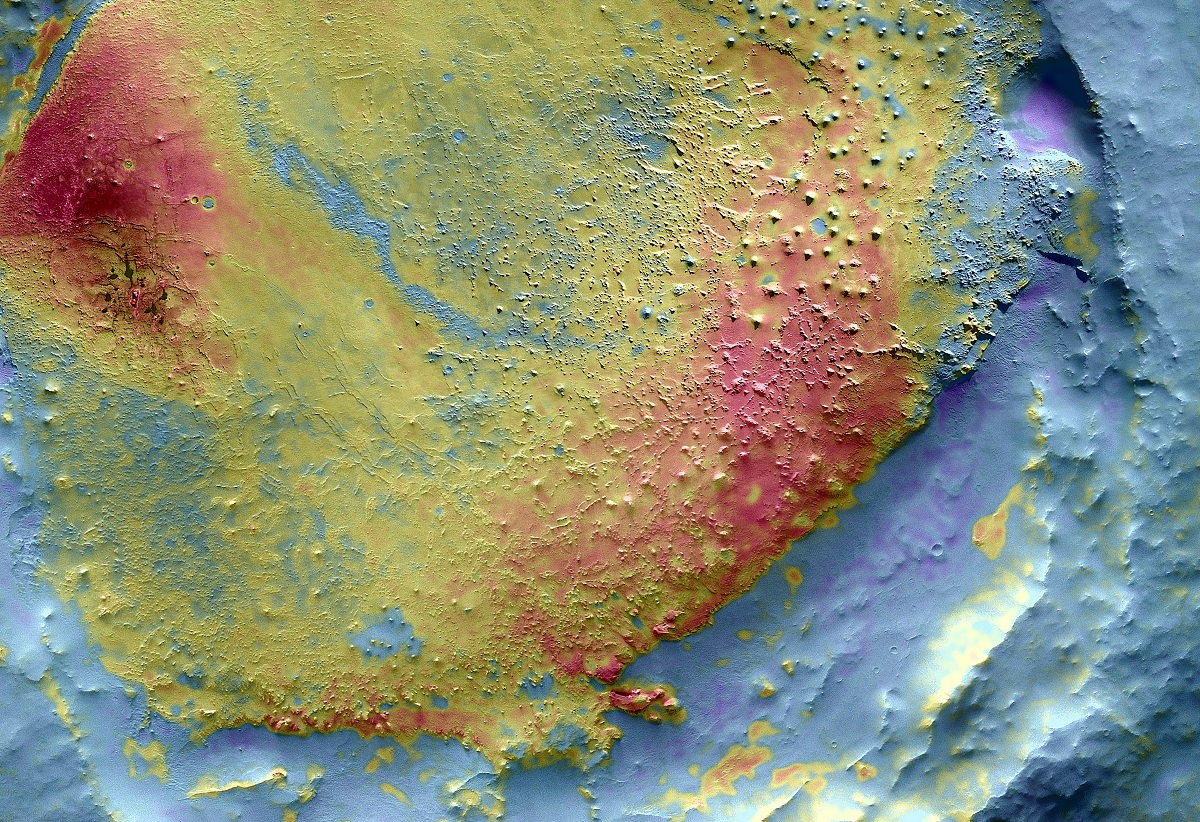 East Meridiani
East Meridiani
Geographical Location
Meridiani Planum is strategically located near the Martian equator, specifically at coordinates approximately 0.2°N latitude and 5.4°E longitude. Covering an expansive area of roughly 20,000 square kilometers, this plain lies to the southeast of the prominent Tharsis volcanic plateau and forms an integral part of the Martian geography. The Tharsis region itself is renowned for hosting some of the tallest volcanoes in the solar system, providing a stark contrast to the relatively flat terrain of Meridiani Planum.
The equatorial location offers several advantages, particularly for space missions. Firstly, the near-equatorial position ensures a less drastic variation in temperature compared to Mars’ poles, offering a more predictable and manageable thermal environment for both robotic and potentially human explorers. This is especially beneficial for the operational longevity and power management of landers and rovers, which often rely on solar energy. Solar panels can capture sunlight more effectively in this location due to the more consistent solar exposure.
Furthermore, the region’s proximity to the equator simplifies landing and orbital operations. The rotational speed of Mars at the equator can, to some extent, assist in the orbital insertion of spacecraft, making missions more fuel-efficient. For all these reasons, Meridiani Planum’s geographical location presents itself as an attractive site for future exploratory missions.
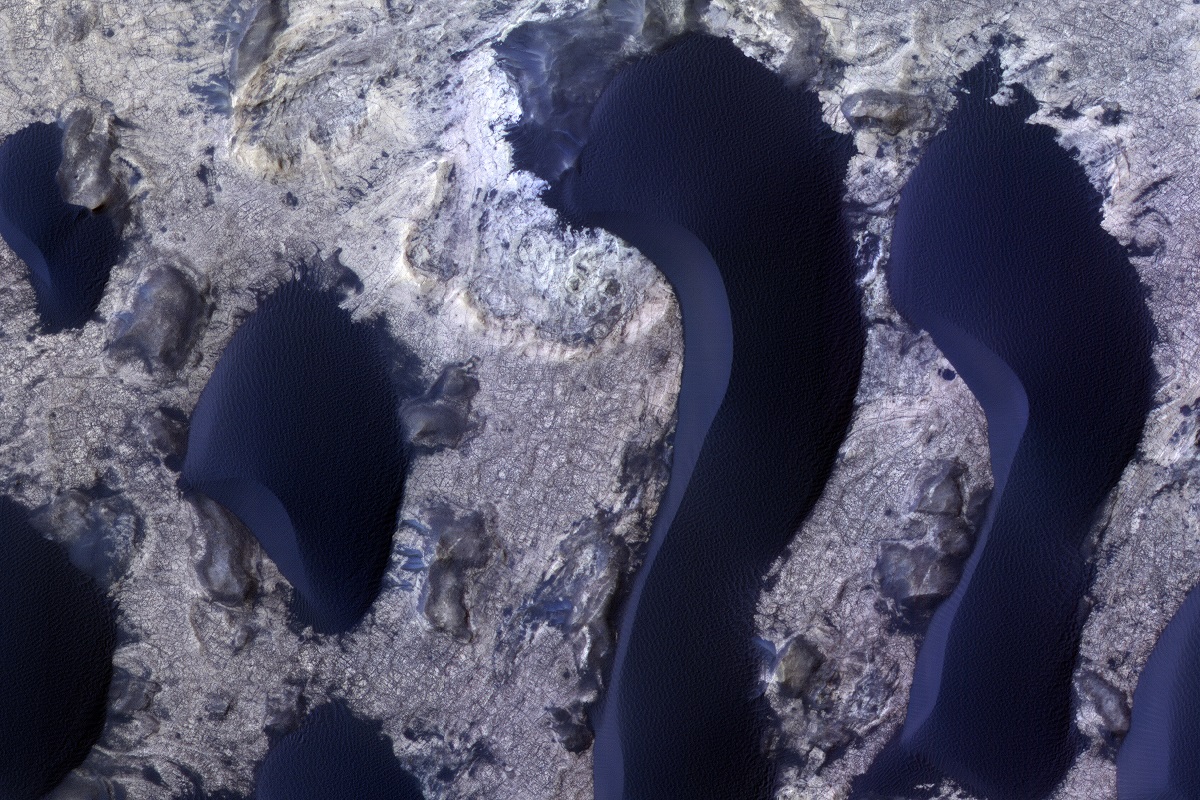 Dunes in Meridiani Planum
Dunes in Meridiani Planum
Advertisement
Sample Marscapes
Geological Composition
Meridiani Planum is a geologically rich environment primarily composed of sedimentary rocks. The layering of these rocks has been particularly instructive about the planet’s geological history. Several types of sulfates, along with iron oxides, notably hematite, constitute a significant part of the region’s geological makeup. Hematite is especially intriguing to scientists because it commonly forms in aqueous conditions, providing critical evidence for Mars’s potentially wet past.
The sedimentary rocks found in the plain are layered in a way that suggests periods of fluctuating environmental conditions. There are indicators of wet conditions, possibly resembling ancient lakes or shallow seas, followed by periods of arid conditions, as revealed by the specific types of sulfates and iron oxides present. This complex geological layering offers scientists an invaluable opportunity to study Mars’s climatic and hydrological evolution.
The presence of different sulfates and iron oxides, specifically hematite, along with the layering, has led researchers to speculate that Meridiani Planum could have once hosted different kinds of microenvironments—from acidic to neutral—making the area a rich scientific playground for the study of Mars’ geochemical history.
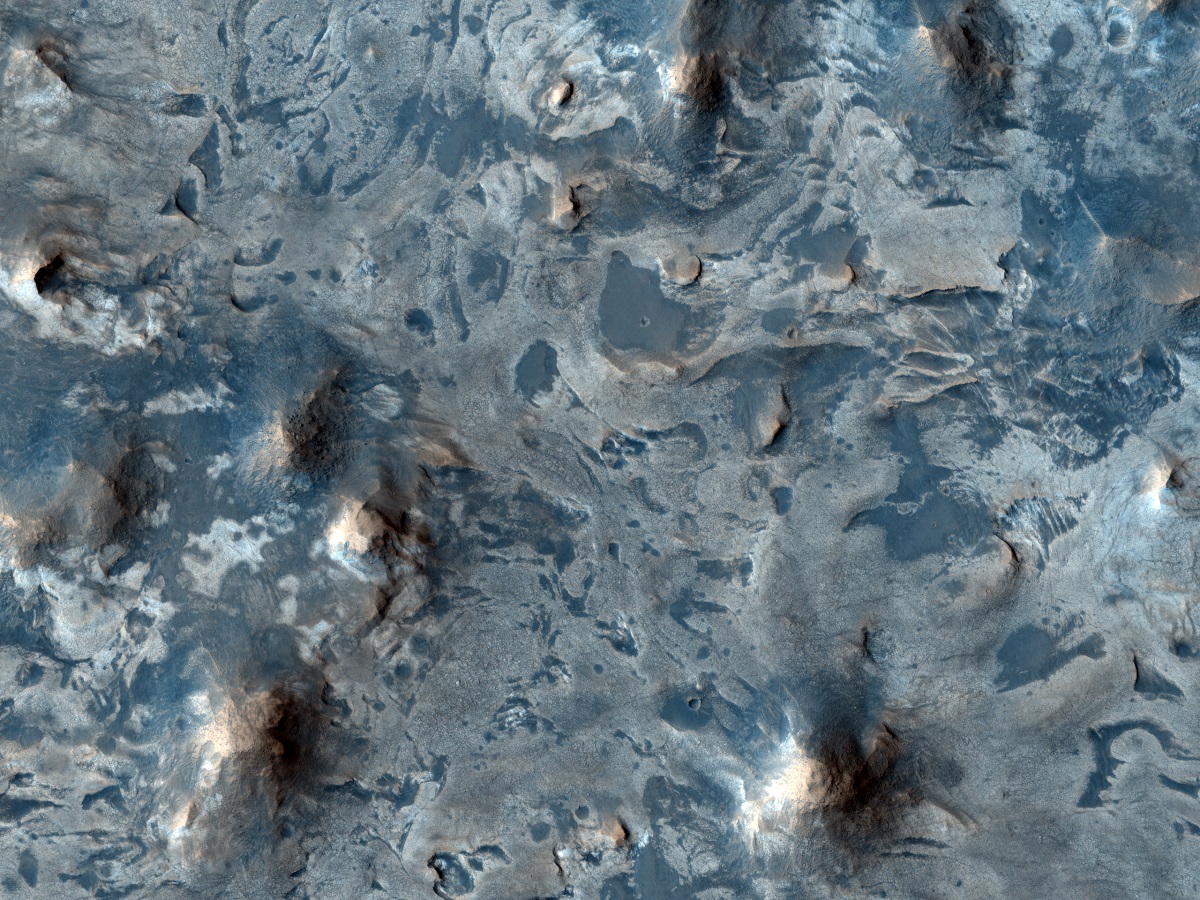 Bright Layers North of Meridiani Planum
Bright Layers North of Meridiani Planum
Significant Discoveries
Hematite Deposits
One of the seminal discoveries at Meridiani Planum is the abundance of hematite. This iron oxide mineral was first detected from orbit by Mars Global Surveyor and later confirmed by the Opportunity rover. The mineral typically forms in the presence of liquid water, providing a crucial piece of evidence for the theories postulating Mars’ wet past.
Signs of Water
In addition to hematite, the detection of various sulfates and textured rocks has further fortified the hypothesis of historical water presence. Observations have identified layered rock formations and sediments that indicate potential evaporative processes, suggesting that the region might have hosted a shallow, brackish lake or even a sea in its distant past.
Meteorites
Meridiani Planum has also been a hotspot for meteoritic activity. The discovery of meteorites, like the famous “Heat Shield Rock” or the Meridiani Planum meteorite, has provided additional data on the geological activity and cosmic interactions of Mars. These meteorites are often composed of metals like nickel and iron, serving as valuable natural laboratories for understanding the planet’s exposure to cosmic events.
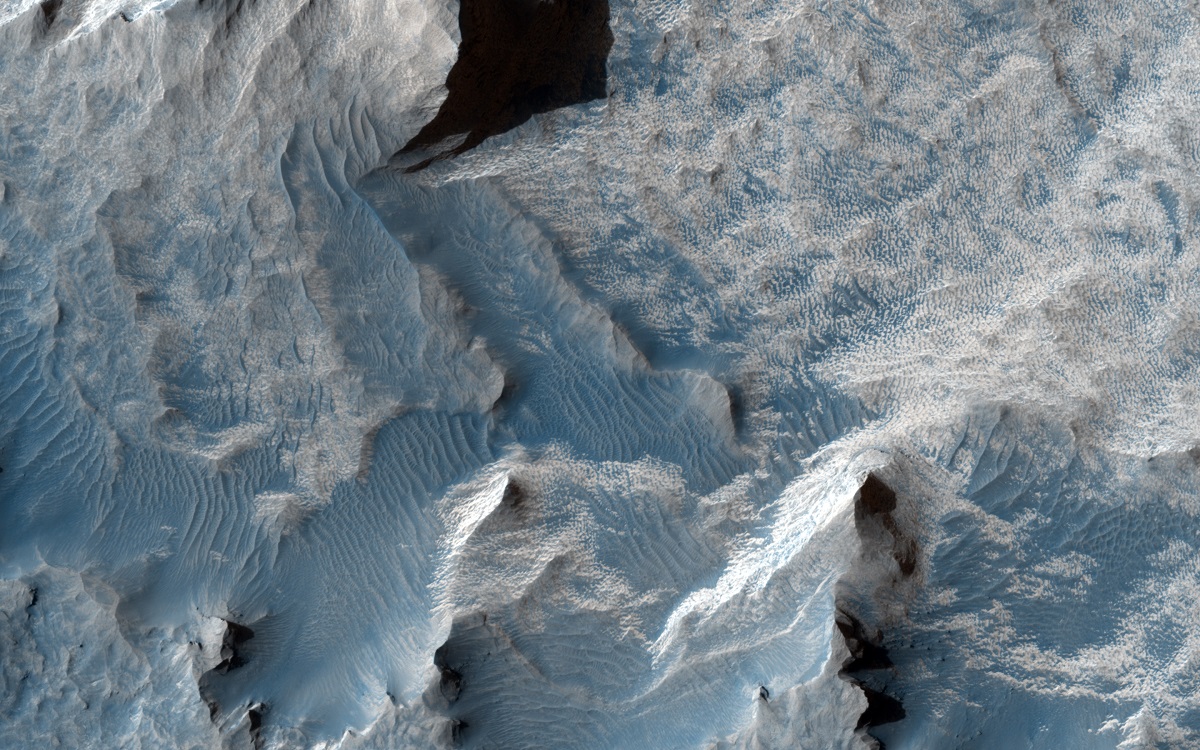 Layers in Northeast Sinus Meridiani
Layers in Northeast Sinus Meridiani
Scientific Missions
Mars Exploration Rover – Opportunity
The Opportunity rover landed on Meridiani Planum in January 2004 as part of NASA’s Mars Exploration Rover mission. Although initially slated for a 90 Martian-day mission, Opportunity surprised everyone by remaining operational for almost 15 Earth years until June 2018. Over its extensive period of operation, Opportunity conducted various types of geological assays, revealing key data about the planet’s composition. It was the first mission to grind the surface of Martian rocks, analyze mineral compositions in situ, and provide ground-truth confirmation of hematite and other minerals indicative of a wet past.
Mars Reconnaissance Orbiter
Launched in August 2005, the Mars Reconnaissance Orbiter (MRO) has contributed significantly to our understanding of Meridiani Planum. Equipped with high-resolution imaging systems like the HiRISE camera, MRO has captured detailed photographs of the region. These have been instrumental in corroborating findings from the Opportunity rover, providing contextual geological information and aiding in the planning of future missions.
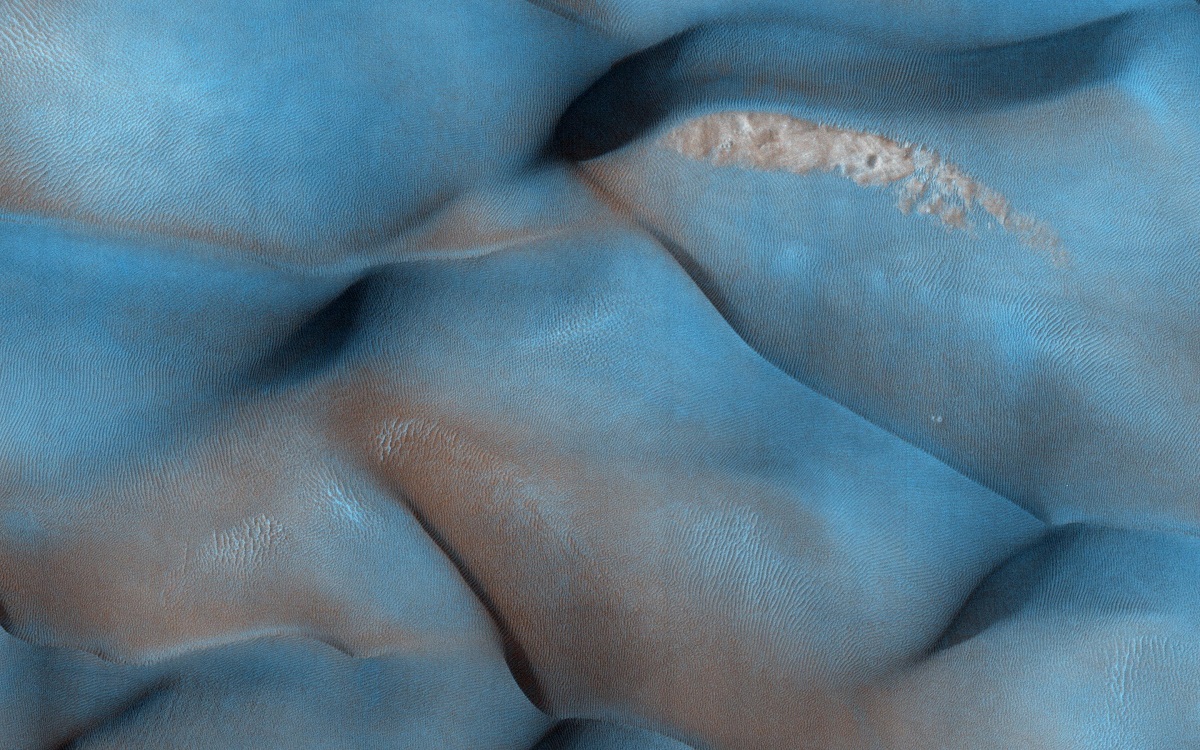 Two-Color Dunes in Meridiani Terra
Two-Color Dunes in Meridiani Terra
Geomorphological Features
The geomorphological landscape of Meridiani Planum is exceedingly varied, featuring a mix of flat plains, numerous impact craters, and an impressive array of sedimentary rocks. The sedimentary rocks in this area often display layering, a feature that suggests periods of deposition either by liquid water or wind.
Another fascinating aspect is the presence of iron-rich spherules, popularly known as “blueberries.” These are small, round formations that are thought to have been created in the presence of liquid water. Their discovery provides another piece of the puzzle in understanding Mars’ watery past. These features are primarily hematite and were discovered by Opportunity during its exploration of the region.
Furthermore, the plains are dotted with various types of aeolian features like sand dunes and dust devil tracks. These dunes not only add to the region’s diverse geomorphological profile but also offer insights into the current and past atmospheric conditions. Overall, the extensive range of features found in Meridiani Planum makes it a compelling subject for further geomorphological and geological research.
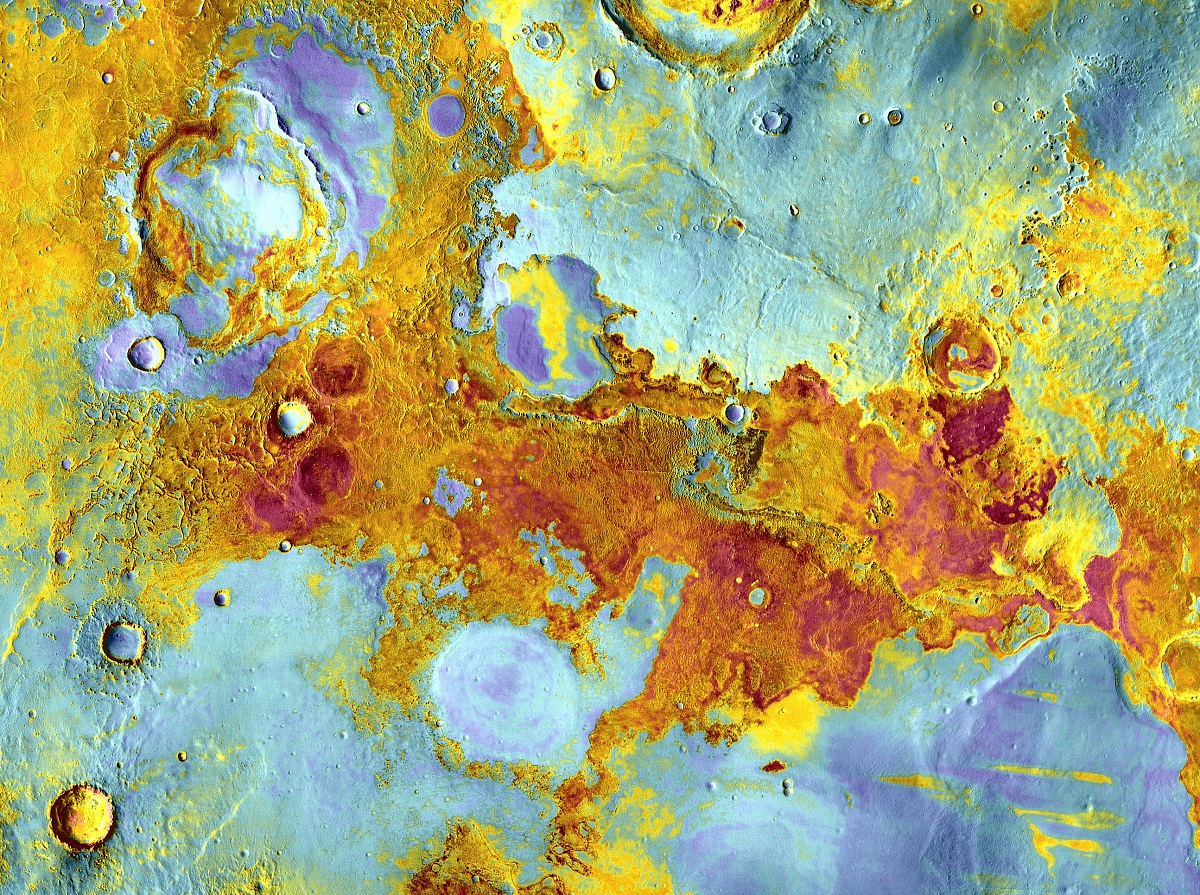 Meridian Planum
Meridian PlanumMeridiani Planum is a remarkable region on Mars that holds critical information about the planet’s geological and hydrological history. Its rich geological composition, featuring hematite and sulfates, suggests the past presence of water, making it a significant target for future research on Mars’ habitability. The numerous scientific missions to the region have broadened our understanding of both Meridiani Planum and Mars as a whole, offering tantalizing glimpses into the planet’s past and clues about its potential to host life. Future missions to the region are highly anticipated and will undoubtedly shed more light on the complex history of this fascinating Martian plain.
Check out our 3D Mars Learning Center for more information on Mars and Meridiani Planum. You can also learn more at: NASA Mars Exploration.
More About Mars
Contact us today to learn more about our 3D services and how we can help you achieve your goals.


